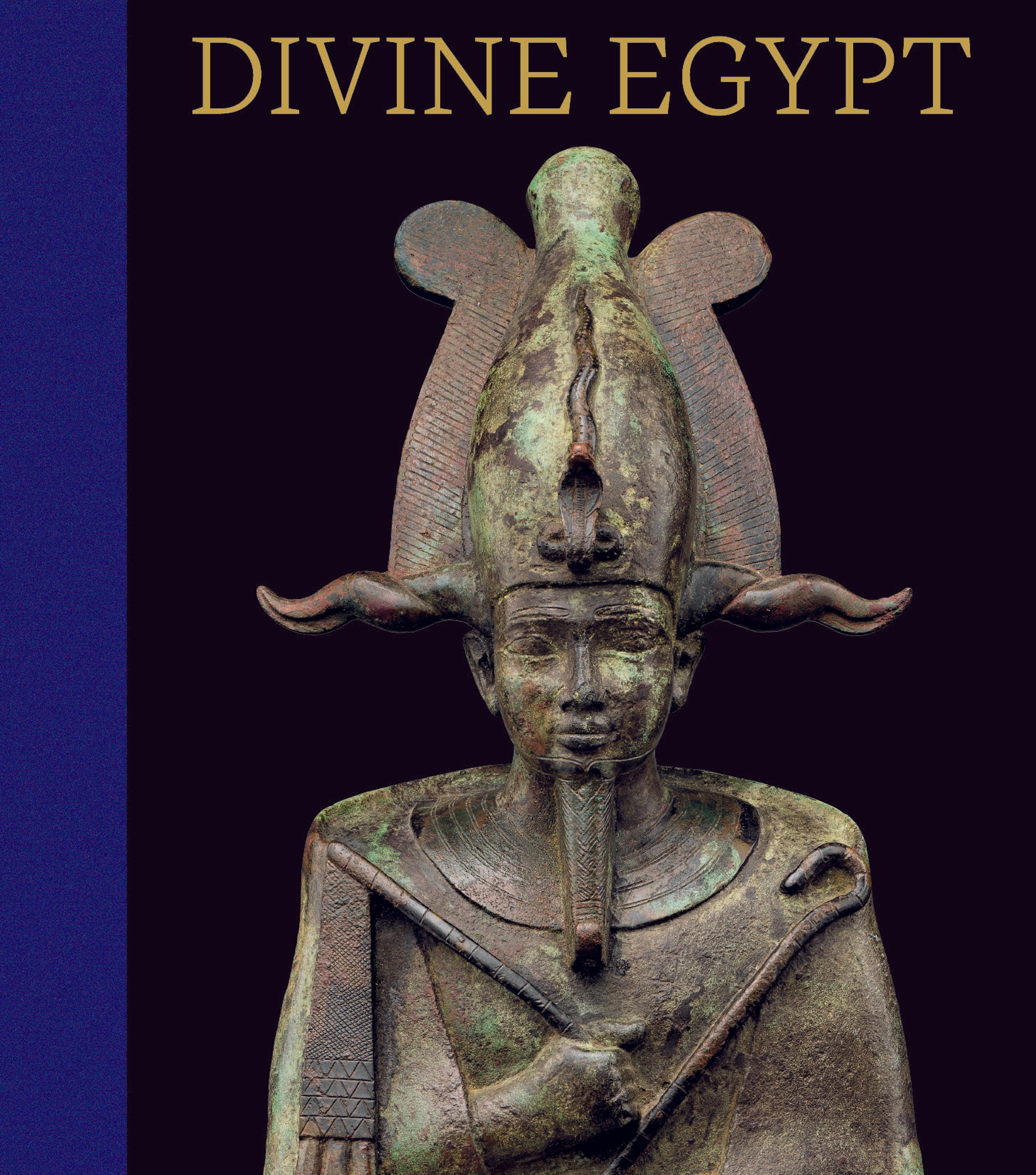Lion Cub
This powerful figure of a crouching lion belongs to the beginning of Egypt's historic period, when the process of integrating Upper and Lower Egypt into one centralized state was underway. The simplified sculptural treatment, with the tail curled over the back and the absence of a base, is typical of sculpture from this period, when the Egyptians were learning to master the art of carving in hard stone.
Artwork Details
- Title: Lion Cub
- Period: Early Dynastic Period
- Dynasty: Dynasty 1
- Date: ca. 3100–2900 BCE
- Geography: From Egypt; Said to be from Southern Upper Egypt, Gebelein
- Medium: Quartzite
- Dimensions: L. 23.4 x H. 12 x W. 12.5 cm (9 3/16 x 4 3/4 x 4 15/16 in.)
- Credit Line: Purchase, Fletcher Fund and The Guide Foundation Inc. Gift, 1966
- Object Number: 66.99.2
- Curatorial Department: Egyptian Art
Audio
3225. Lion Cub
0:00
0:00
We're sorry, the transcript for this audio track is not available at this time. Please email info@metmuseum.org to request a transcript for this track.
More Artwork
Research Resources
The Met provides unparalleled resources for research and welcomes an international community of students and scholars. The Met's Open Access API is where creators and researchers can connect to the The Met collection. Open Access data and public domain images are available for unrestricted commercial and noncommercial use without permission or fee.
To request images under copyright and other restrictions, please use this Image Request form.
Feedback
We continue to research and examine historical and cultural context for objects in The Met collection. If you have comments or questions about this object record, please contact us using the form below. The Museum looks forward to receiving your comments.
